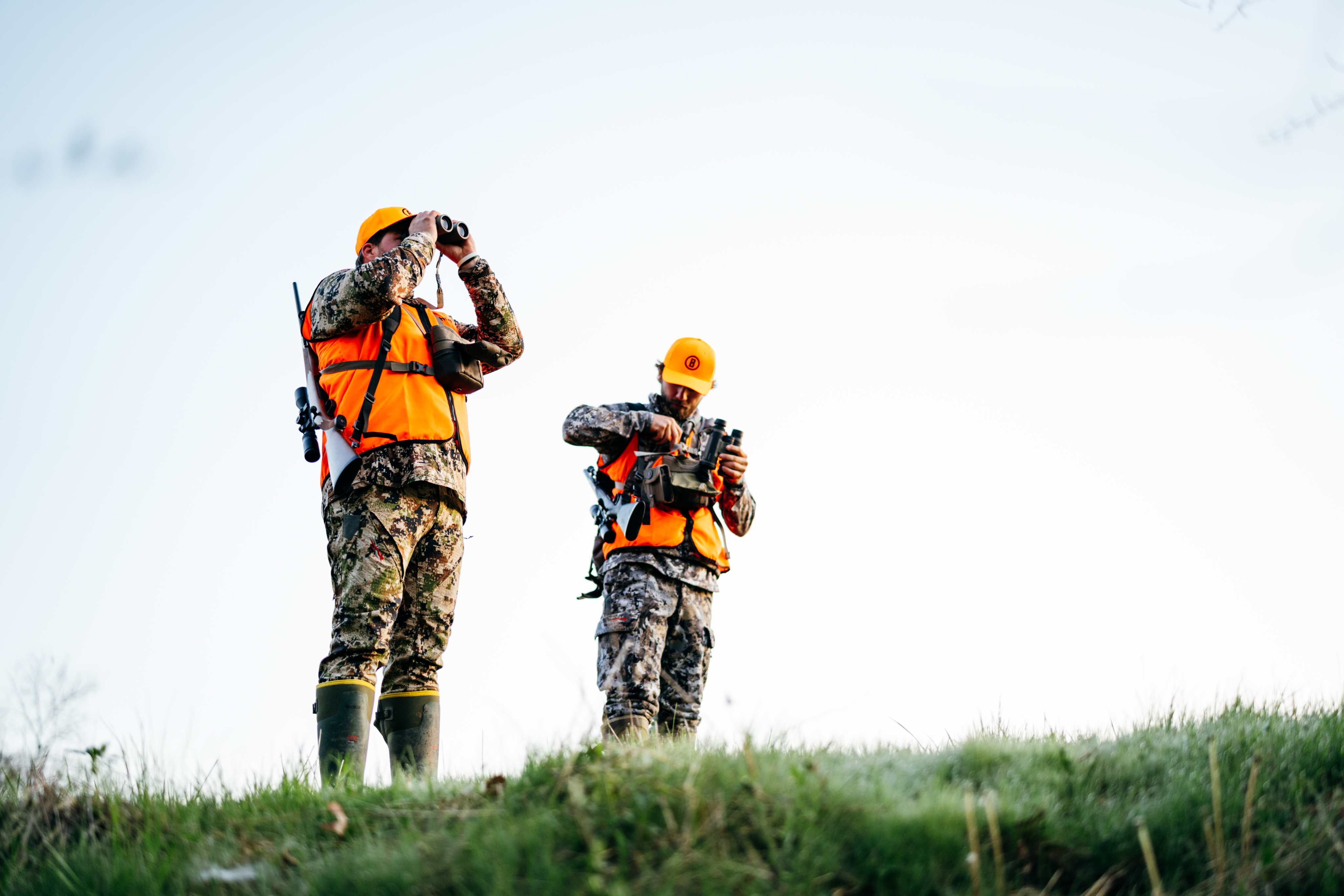
FIVE REASONS YOU SHOULD KEEP YOUR TRAIL CAMERAS RUNNING AFTER DEER SEASON
The rut is over. The late season has come and gone. Deer season, sadly, is over. But the fun of the chase can continue.
Trail cameras aren’t just for in-season use and, in fact, off-season camera use can provide some of the most useful information of the year. Pair your camera with a solar panel and you'll have long-term power to keep your cameras rolling all year.
Here are five reasons why you should keep your Bushnell trail cameras in the field during the off-season winter months.
1. Buck Inventory
There is no better way to know what bucks made it through the hunting season than photographic or video evidence. Trailcams are the best tool for providing that evidence.
Keeping your cameras afield throughout the winter months can provide positive proof that the buck you hunted all season survived the gauntlet of hunting season.
2. Shed Watch
Searching for sheds is a lot of fun and a great way to learn more about the deer you hunt. By keeping your trail cameras in place after hunting season ends, you’ll know when bucks have shed their antlers and will give you a jump-start on hunting for those shed antlers.
This is especially beneficial in areas that see harsh winters. Searching for shed antlers, by default, requires intrusion into a deer’s living area. In places where snow gets deep and winter weather causes stress, this can be problematic because that intrusion will get those deer up and moving. This burns precious calories and energy that can lead to increased winter stress and, in instances of severe and prolonged winter conditions, even death.
Knowing exactly when antlers have hit the ground means fewer unnecessary trips into the areas wintering deer call home.
3. Predator Control
Most areas of the country have a burgeoning population of coyotes. Studies have shown that high numbers of coyotes can have a devastating impact on deer populations, particularly when fawns first start to drop. If there are coyotes in the areas you hunt, your trail cameras can provide highly valuable information as to the number of coyotes hanging around as well as their preferred locations. This information can then be used for some productive predator control.
4. Feeder Maintenance
Focusing again on areas of the country where winters can be tough, employing trail cameras to monitor supplemental feeding stations can save time, effort and maybe even a few deer.
Supplemental feeding, where legal, can provide deer the nutritional boost they need to better survive the winter months. But, once you start feeding, it’s often necessary to continue feeding throughout the winter to avoid doing more harm than good. Deer that start using a feeding station will often rely upon that station and may not migrate early enough to find other suitable food sources. Thus keeping your feeders filled and providing that food source is important. Trail cameras placed near feed stations give you visual evidence as to the number of deer using a station and when it’s time to replenish the food supply.
5. Rut Timing
As winter gives way to spring, fawn season isn’t far off. Using your trail cameras to monitor for newborn fawns is an ideal way to know exactly when the rut occurs in the areas you hunt.
The whitetail features a gestation period of approximately 200 days. Thus when you see the first spotted fawns of spring, you can backdate by 200 days and know when that doe was bred. This is information that can be locked away for the next fall to know when peak rut should take place.




